Latest Posts
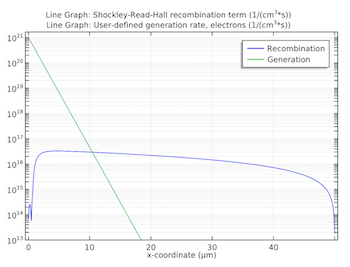
Analyzing a Silicon Solar Cell Design with the Semiconductor Module
You can model a solar (or photovoltaic) cell consisting of a 1D Si p-n junction using the Semiconductor Module add-on. We feature a tutorial model to provide more details.
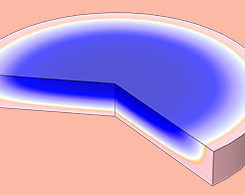
Analyzing Heat and Mass Transfer During Cake Baking with Simulation
As you bake a cake, there are many complex heat and mass transport processes taking place behind the oven door. Take a closer look at the art and science involved in the cake baking process…
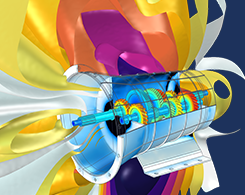
Speed Up Your Modeling with COMSOL® Software Version 5.3
COMSOL released version 5.3 of the COMSOL Multiphysics® software and COMSOL Server™ in early 2017. This release focused heavily on performance improvements to both the core and add-on products.
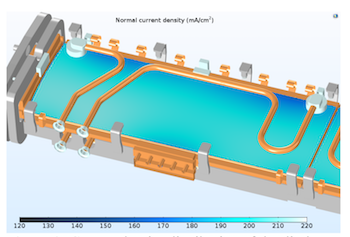
A Multilevel Approach to Modeling Planar Discharge in CO2 Lasers
Check out the multilevel approach to plasma modeling used by a researcher in the laser industry, who used the flexibility and functionality of COMSOL Multiphysics® to optimize a gas laser design.
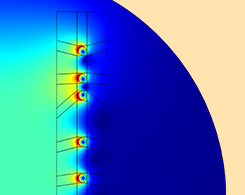
How to Optimize the Spacing of Electromagnetic Coils
Did you know that you can maximize the magnetic field strength of your electromagnetic coil designs by optimizing the spacing between the coils?
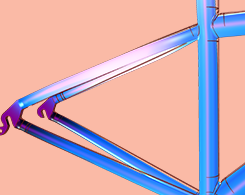
Analyzing the Mechanical Performance of a Tricycle Frame Design
Tricycles have 3 wheels and countless uses due to their extra support and load capacity. Design a tricycle that meets safety requirements by analyzing its mechanical performance.
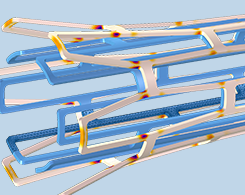
Finding an Accurate Model to Study Blood Flow Around a Stent
Biomedical example involving CFD simulation: In order to analyze the blood flow around an arterial stent, you need a fluid model that can describe blood’s non-Newtonian behavior.
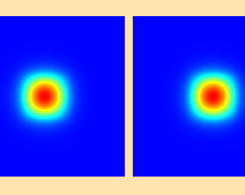
Analyzing the Design of a New Generation of Midinfrared Fiber Optics
Semiconductor simulation software is a promising method for advancing the design of midinfrared fiber optics because it can be used to measure propagation losses in the optical fibers.
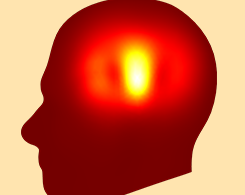
Studying an Innovative Wireless Power Transfer Method with Simulation
Current wireless power transfer technology involves charging pads or stands. Disney Research is using simulation to investigate an innovative method called quasistatic cavity resonance (QSCR).
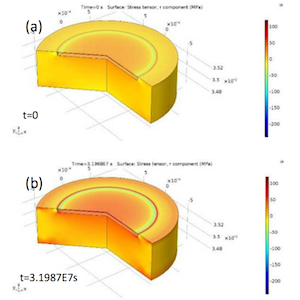
Studying the Influence of Concrete Phenomena on Sensor Performance
Some concrete structures use embedded sensors to monitor their stability, but the concrete itself can interfere with the sensors’ performance. Researchers used simulation to address this issue.
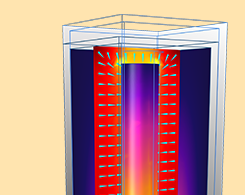
Predict Thermal Drift in Microwave Filters Using Multiphysics Simulation
When subjected to high-power loads and harsh environmental conditions, microwave filters can experience thermal drift. One way to predict this unwanted effect is with multiphysics simulation.

3 Ways to Optimize the Current in Electromagnetic Coils
We give you 3 ways to optimize the current in electromagnetic coil designs using the AC/DC Module and Optimization Module, add-on products to COMSOL Multiphysics®.
